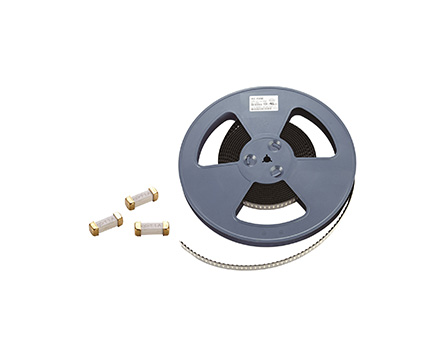
In low-voltage distribution systems, fuses are a type of electrical appliance that plays a safety protection role. Fuses are widely used for power grid protection and electrical equipment protection. When a short circuit fault or overload occurs in the power grid or electrical equipment, they can automatically cut off the circuit to avoid damage to electrical equipment and prevent accidents from spreading.
A fuse is composed of an insulation base (or support component), contacts, melt, etc. The melt is the main working part of the fuse. The melt is equivalent to a special section of wire connected in series in a circuit. When a short circuit or overload occurs in the circuit, the current is too high, and the melt melts due to overheating, thereby cutting off the circuit. Melts are often made into filaments, grids, or sheets. Melt materials have the characteristics of relatively low melting point, stable characteristics, and easy melting. Generally, lead-tin alloy, silver plated copper sheet, zinc, silver and other metals are used. During the process of melting and cutting off the circuit, an arc will be generated. In order to safely and effectively extinguish the arc, the melt is generally installed in the fuse housing and measures are taken to quickly extinguish the arc.
Read recommendations: